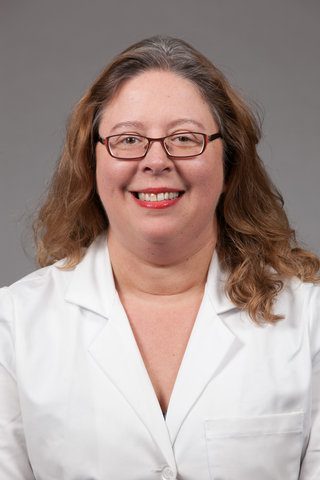Patients with diabetes who participated in a self-management microlearning education pilot became more energized about improving their health and demonstrated improvements in their attitudes toward insulin use. The positive outcomes have convinced Duke endocrinologists to expand the project to an outpatient clinic providing diabetes care to underserved patients in Durham County, NC.
Duke was one of three medical centers involved in the pilot that offered diabetes survival skills training via an online, video-based education system described by educators as a microlearning format. Patients selected topics from a library of 56 titles and watched a minimum of four videos ranging in length from 1 to 4 minutes.
Before and after viewing the content, patients were asked to complete psychometric surveys that measured ease of use, understandability and satisfaction with the platform, self-reported attitude towards insulin usage, and a clinically validated scale of patient activation known as a Patient Activation Measure (PAM) score, which assesses patient knowledge, skill, and confidence for self-management.
More than 200 patients participated in the study involving Duke Health, Columbia University Medical Center in New York, and MedStar Health in Washington, DC. Operating from March to October 2017, the program focused on patients who started using insulin within the preceding nine months. The project was jointly sponsored by Duke Health and Mytonomy, a company specializing in cloud-based solutions and patient learning. The results were presented during the American Diabetes Association meeting in July 2018.
Each patient participated in a one-week program offering videos highlighting essential clinical information such as the basics of performing an insulin injection or explaining the need for insulin. The videos also offered a mix of institution-specific content to help patients manage their care, listen to patient testimonials, and receive nutritional guidance. Tips were offered to help patients navigate holidays and social situations. The videos were customized to be applicable to many cultures.
“We were very pleased with the results,” says Nicole E. Jelesoff, MD, the endocrinologist who directed Duke’s involvement. “Patients gave high marks to usability and satisfaction with the platform and patient engagement rates were high across all ethnicities with over 90 percent viewing content.”

Jelesoff says the most significant proof of the success of the pilot was that after viewing the content, half of the patients showed significant improvements in patient activation, with the biggest gains seen in those with the lowest baseline PAM scores.
The encouraging results from this and other pilots suggest that innovative approaches to patient education and health care delivery via digital platforms offer unique opportunities to respond to what endocrinologists describe as an alarming increase in patients with diabetes. Jelesoff says that digital health and telemedicine offer the potential to reach more patients more efficiently to promote healthy lifestyles and to close existing gaps in care.
More than 30.3 million people in the U.S. have diabetes—9.4 percent of the population, according to the 2017 National Diabetes Statistics Report from the National Center for Chronic Disease Prevention and Health Promotion within the CDC. The percentage of adults with diabetes increased with age, reaching a high of 25.2 percent among those 65 years or older.
In addition, 50 to 80 percent of patients with diabetes demonstrate persistent education and skills deficits, and overall utilization of traditional diabetes education programs remains quite low, with high attrition rates despite documented benefits of such programs. Endocrinologists say these factors collectively pose ongoing challenges to effective diabetes care.
Enthusiastic patient participation in the pilot was particularly encouraging, Jelesoff says. “We learned that some patients tended to binge-watch the videos within the first three days while others continued to view content beyond the week of required participation for the study,” she says.
Future efforts will focus on the efficacy of this approach in higher-risk, harder-to-reach patient populations and on insulin adherence and clinical outcomes.

